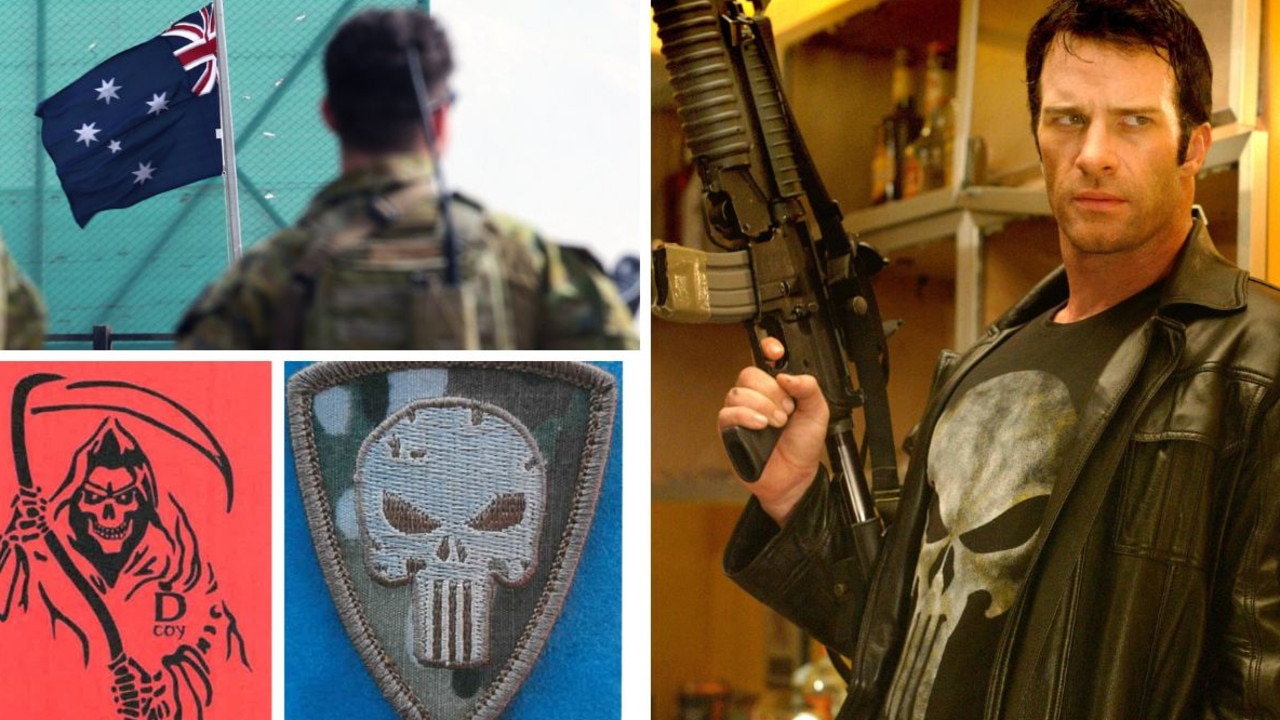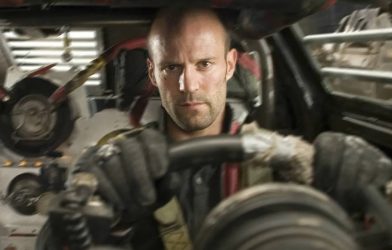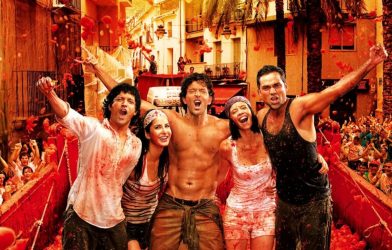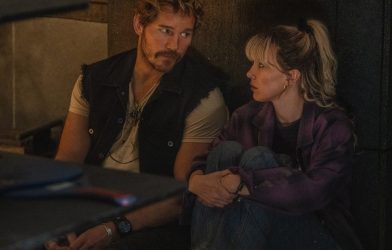Hollywood movies such as The Punisher have reshaped the culture of Australia’s Special Forces to become an “unhealthy” force.
Defence Minister Richard Marles has walked back from comments made by a Labor colleague declaring broad changes to ADF recruitment. Defence Personnel Minister Matt Keogh had suggested permanent residents from any country could soon be eligible to serve in the Australian Defence Force, provided they meet security checks. In parliament, the prime minister confirmed the policy would only be made available to New Zealanders and citizens of Five Eyes countries. The recruitment plan aims to add around 350 personnel to defence ranks within the next year. The opposition is criticising the government’s handling of the new policy.
But the “valorisation of violence” through death cult on-camera bravado set to rock music by elements of the US military was so influential during the Afghanistan conflict, it reshaped the culture of Australia’s Special Forces to become an “unhealthy” fighting force.
That’s just one of the findings in a 121-page redacted report from a three-year Federal Government ordered review into Australia’s 20-year engagement in Afghanistan that ended in allegations of war crimes and wrongdoings by our elite troops.
According to that new report, 14 years ago this month (June 2010), Australia joined the multi-nation International Security Assistance Force (ISAF) in Afghanistan and so set in train a culture shift in the ranks of the ADF’s Special Forces that is only now recalibrating.
Australian Special Forces soldiers from the Special Operations Task Group based in Oruzgan Province in Afghanistan.
Of course there were other findings and factors that influenced Australia’s Special Forces, not least of all a spectacular failure in ADF leadership and strategic decision-making throughout the decades-long campaign.
But at the heart of our elite force’s operations in Afghanistan from June 2010 and the joining with the ISAF was “culture” that became so warped and influenced that their years of training and discipline had not prepared them for.
A line in the Middle East sand was drawn after the 2021 fall of Kabul and the ADF’s Special Forces are a new breed now being prepped for potential conflict closer to home.
But the report, some of which was released by Defence Minister Richard Marles last month, will ensure the ADF’s high reputation has a bulwark against making the same mistakes again.
UNHEALTHY INFLUENCES ON ADF SPECIAL FORCES
When ADF chief General Angus Campbell in a short directive banned “death cult symbols” in the Army such as skulls, Spartan, Grim Reapers and “Taliban Hunting Club” patches, there was an outcry in the ranks.
The Marvel Comic book character-inspired movie The Punisher, with its distinctive skull emblem Vigilante, was used extensively by the American military in both Iraq and Afghanistan, and then was adopted by some in the ADF.
Thomas Jane as Frank Castle, wearing his distinctive skull emblem Vigilante, in the movie The Punisher.
Gen. Campbell said the ban was to maintain value, standards and dress codes while some decried the move as political correctness but, when he made that order in 2018, there were deeper issues at play.
“There is a view that Australian Special Forces were increasingly influenced by unhealthy aspects of the Special Forces culture in the ISAF Special Forces Community,” the independent Afghanistan Inquiry Implementation Oversight Panel, appointed to effect the restoration of confidence in ADF fighting forces, found.
“These aspects include the valorisation of violence in videos of destructive operations, set to rock music, the creation of heroic public stories of Special Forces actions through best-selling publications, the use of ‘death cult’ imagery and the evolution of a more distinctive Special Forces ‘style’.”
Defence banned death symbols for Australian units
The report concludes a subculture of exceptionalism emerged with Special Forces and while rumours of unlawful killings were raised, including by Afghan locals and international non-government organisations, they were largely ignored by the broader ADF hierarchy.
If no-one of authority knew anything about misconduct, later exposed by the Brereton report, then that in itself was found to be an “organisational failure”.
The lack of accountability around operations was fostered by failed leadership and a broader “distorted” culture around not “dobbing in mates”.
But according to the panel’s final report – authored by former Inspector-General of Intelligence and Security Dr Vivienne Thom, former Secretary of Attorney-General’s Department Robert Cornall and University of Tasmania vice chancellor Professor Rufus Black – there were other issues that set some elements of Special Forces up to fail.
Australian troops serving in war-torn Afghanistan. Elite troops were used by the ISAF and pushed forward by the ADF, tasked with missions outside their scope and training that could have been done by regular soldiers. Picture: Gary Ramage
The elite troops were used by the ISAF and pushed forward by the ADF as there was a belief they were better than the average Digger and therefore less prone to be killed in combat.
They were tasked with missions outside their scope and training, that could have been done by regular soldiers, without regard for the risks from not building relationships with local populace.
“The lack of contact limited their ability to establish empathy with Afghan citizens or to understand the human and social consequences of their operational choices,” the review found.
“It meant many Special Forces individuals only really ever saw the Afghan population through the lens of potential threat.”
An RAAF E-7A Wedgetail sporting The Punisher symbol during a mission in the Middle East. Picture: Defence
ADF FOSTERED ELITISM
The misuse of the SAS and Commando troops within the Special Forces fostered elitism, created resentment in the broader ranks and was left unchecked by ADF top brass.
The alleged war crimes were also fostered by the strategic settings of Australia’s engagement including excessive focus on counter terrorism rather than counter insurgency and “lack of clarity communicated to frontline soldiers”.
Some strategic settings, the panel found, might have contributed to wrongful killings, namely it was a “long war run on shorter war settings” that created an operational tempo that was too high and taxing.
“There does not seem to be a point where a strategic decision was made to adjust the model of engagement to address the issues and risk associated with a protracted conflict,” it said and concluded if there were changes, they were insufficient.
An Australian soldier searches a local man prior to entering an election polling area in the township of Marwais, southern Afghanistan.
Military top brass ultimately should be held accountable, the authors concluded, and disagreed with the Brereton claim responsibility for wrongdoing could not fall on the most senior officers.
If Defence were a private company, its CEO or chair of the board might be forced to resign or be dismissed or face charges.
Defence senior leadership has still not collectively accepted “organisational responsibility and accountability for part of what went wrong in Afghanistan”.
But, the panel concludes, the ADF, notably the Special Operations Command, while it could not shirk responsibility, were no longer the same as they were.
And given the current challenged strategic outlook “uncertainty and new threats in our region” should move on from the failings and focus on the future.









